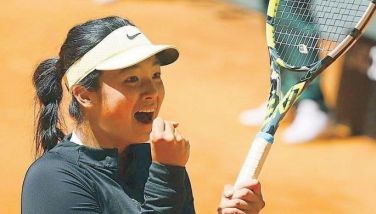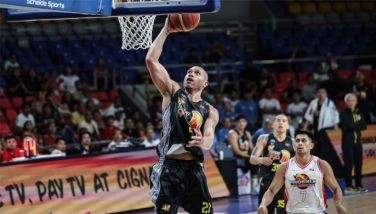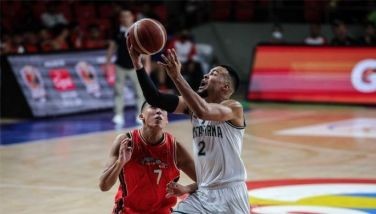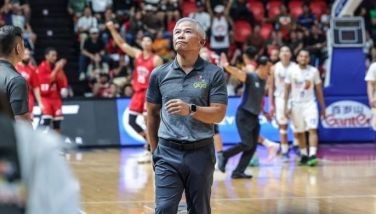SEAG: Who makes the cut?
The Philippine Southeast Asian Games are set for Nov. 30 to Dec. 9, 2019. With the abbreviated schedule, it seems the organizing committee (primarily the Philippine Olympic Committee) is wisely taking a practical stance. The POC recall election and the subsequent change of administration – both circumstances beyond their control – pushed back the formal start of preparations. With just a year and a half, a full-blown SEA Games would be ostentatious and potentially disastrous. The smart thing would be to put on a compact, efficient, well-run program, and let Filipino hospitality carry the experience for the hundreds of thousands who will come.
Visitors and spectators will also be treated to a Filipino Christmas. The country is informally acknowledged as having the longest yuletide season in the world, interrupted only by the break for All Saints Day and All Souls Day. As early as September, department stores and groceries start playing Christmas carols over their sound systems. Nobody seems to find it ironic that you’re being reminded of impending (and unavoidable) spending in the very places you part with your hard-earned cash. Only in the Philippines.
The mandatory sports like athletics and swimming will take up half the games, but will actually occupy only two venues. This explains the urgency in straightening out the political messes that created disenfranchisement in several sports, most notably swimming. In 2008, when the previous dispensation won the POC election by the skin of its teeth, they allegedly launched a vendetta that decimated even world champion sports like dragonboat and others. Untangling and recognizing the proper bodies will take more time, which is already in short supply. There is also the matter of whether or not to restore sports that were suspended by the Philippine Sports Commission during Harry Angping’s time, sports that were dropped from the Olympic Games, or did not make the calendar of two successive SEA Games.
Ironically, basketball will be making a comeback of sorts in this SEA Games. FIBA suspended the Philippines in 2005 for having two national basketball bodies: the long-standing, calcified Basketball Association of the Philippines and a fledgling Samahang Basketbol ng Pilipinas. Since it is the National Sports Association of the host country that handles the conduct of its own competition, the dispute made it unclear who would run the games. A 3-on-3 tournament would mean additional medals for the country. Speaking of additional medals, the Philippines can also maximize the calendar for sports it performs well in by having filling all the weight classes in boxing and the martial arts. We know that other ASEAN countries trim down the accepted divisions in men’s and women’s boxing to blunt the advantage of the Philippines.
However, the tighter schedule means fewer sports will be included. Those that have on-going leadership disputes or have split into factions face the prospect of being excluded from the SEAG should their leaders choose to be stubborn and not submit to the authority of the POC. Peripheral sports and non-Olympic sports (associate member or non-voting sports in the POC) will not be a priority, as well. This is where the well-managed sports will rise to the surface. If they have well-established programs, high success rates, and good coordination with their ASEAN counterparts, then all they will need are venues and budgets for the run of their matches. Indoor sports can also share venues, since many of them last only three to four days.
Also, there are several sports requesting for inclusion in the calendar even as (non-medal) demonstration or exhibition sports. However, perhaps only one may be accommodated, unless there is a compelling reason to add another. One example is bodybuilding, which has been on a tear since 2017, when Cheryl Nakanishi made history by becoming the first Filipina to win the overall title at the Mr. and Ms. Universe in Germany in November. This year, the local governing body National Athletic Committee Philippines is hosting the NAC World Championships in Cebu in May, and the ninth Phil-Asia, the annual continental qualifier for the next Mr. and Ms. Universe. None of this guarantees a slot in the SEA Games, however.
Another question is which local or indigenous games will be slated for inclusion. One would naturally assume that arnis is a front-runner, but Arnis Philippines (ARPI) was removed from the list of PSC-funded sports years ago for lack of progress at the SEA Games level. And what is the status of Sen. Miguel Zubiri’s new organization vis-a-vis ARPI? Is either of them considered the NSA for arnis? If not, what other indigenous games will be included to spice up the schedule? What truly Filipino sport can be used as a showcase?
- Latest
- Trending































